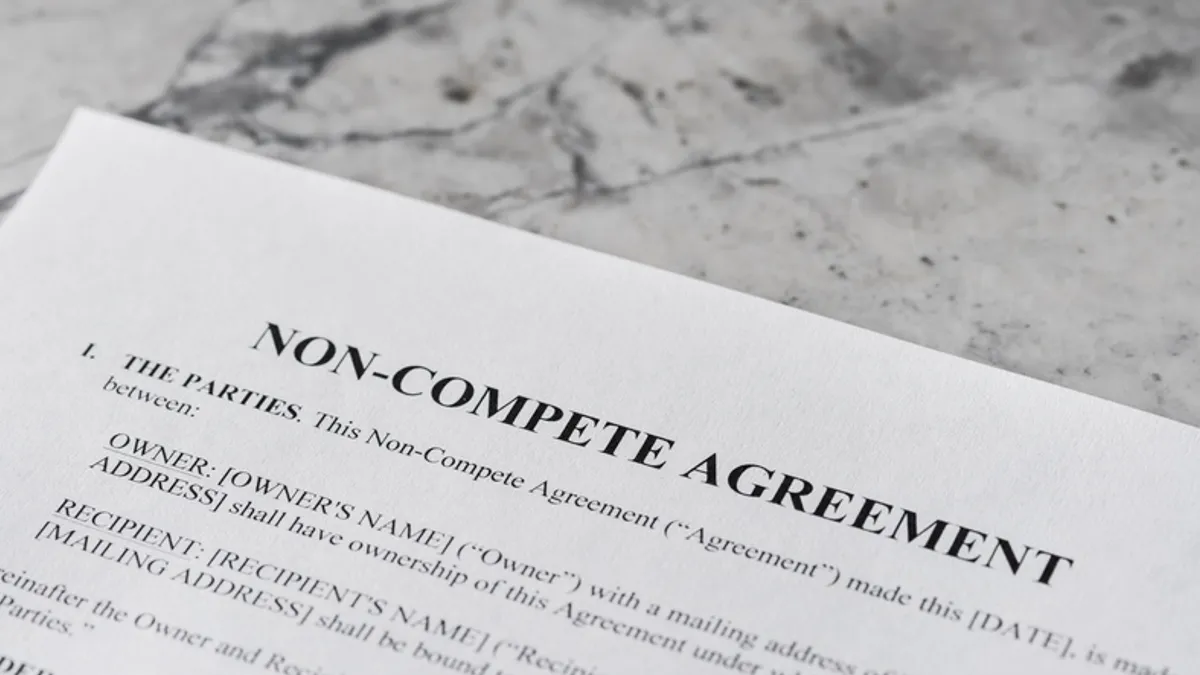In the 30 years since former President Bill Clinton signed the Family and Medical Leave Act into law, a number of lawsuits have set precedents for how the protected leave legislation is interpreted.
Attorneys who specialize in the statute and its regulations look at some of the most noteworthy FMLA rulings over the years.
2002: Retroactive designation
The FMLA has been the subject of very few U.S. Supreme Court cases, according to Jeff Nowak, a shareholder at Littler Mendelson.
In perhaps the most notable one, 2002’s Ragsdale v. Wolverine World Wide Inc., the Court ruled that an employer can retroactively designate time off as FMLA leave, as long as that doesn’t harm the employee.
The employee, Tracy Ragsdale, was diagnosed with Hodgkin’s disease in 1996 and was eligible for seven months of unpaid sick time by Wolverine. She requested a one-month leave of absence and was granted six extensions. She was fired after failing to return to work after the company declined her seventh extension request.
The court ruled that the company was not required to provide Ragsdale with more leave because that would have been covered by the seven months of leave already given and such a decision would punish companies that offer employees leave in excess of the FMLA.
“The regulation imposes a high price for a good-faith but erroneous characterization of an absence as non-FMLA leave, and employers like Wolverine might well conclude that the simpler, less generous route is the preferable one,” the court wrote.
2014: Waiving FMLA rights
In a 2014 ruling described by one attorney as an outlier, the 9th U.S. Circuit Court of Appeals held in Escriba v. Foster Poultry Farms Inc. that an employee “can affirmatively decline to use FMLA leave, even if the underlying reason for seeking leave would have invoked FMLA protection.”
The employee, Maria Escriba requested two weeks off from her job at Foster Poultry Farms to care for her sick father in Guatemala. Escriba left and did not return back to work after her two weeks’ vacation was over. She was terminated after declining to take FMLA leave and for not complying with the company’s “three day no-show, no-call rule.”
The ruling is an outlier and “will likely be overturned,” according to Emily Litzinger, a partner in the Louisville office of Fisher Phillips; that’s because it’s in direct conflict with a U.S. Department of Labor opinion letter.
The opinion letter, published in 2019, held that when an absence triggers the FMLA, the law’s protections must be applied. Neither the employer nor the employee can decline FMLA leave.
“What [Escriba] did in practice was it opened a door to a nightmare for employers in administering FMLA leave,” said Nowak. “Clearly, it’s been difficult for employers to administer FMLA when you have a leading circuit court case opining on an issue along with a DOL opinion letter that states the exact opposite.”
Nowak said his firm generally advises employers to follow DOL’s opinion letter.
2022: Intermittent leave
In one of the most recent appellate FMLA opinions, Render v. FCA US LLC, the 6th U.S. Circuit Court of Appeals ruled in November 2022 that an employee did not need to provide formal notice every time he needed days off for his recurrent mental health condition, which already had been approved for FMLA leave.
The employee, Edward Render, notified FCA of his condition in October 2017 and applied for FMLA leave the following month. The company approved up to four days of leave per month for major recurrent depression and moderate/generalized anxiety disorder.
Render called FCA to report that he would be absent three days in December 2017 and one day in January 2018 but did not specify that those absences were related to his FMLA leave. The employer considered those absences unexcused and terminated Render for a pattern of attendance problems.
In the lead opinion on the ruling, U.S. Circuit Judge Eric Clay said “notice need only be given one time” whether the leave was continuous or intermittent.
“It’s a relevant topic, and it’s probably happening more than employers realize,” said Litzinger. “It’s just a reminder for employers to be conscious of their communications and employee leave.”
The takeaway, she said, is for employers to have really clear call-in procedures, especially as more mental health-related FMLA notices are filed.








